More accurate satellite positioning... by 10x
A new software from RUAG Space for the company’s GNSS receivers makes it possible to determine the position of a satellite in orbit ten times more accurately. The more precise the position, the more accurate the satellite data — better satellite navigation helps to avoid the ever-growing challenge of space debris.
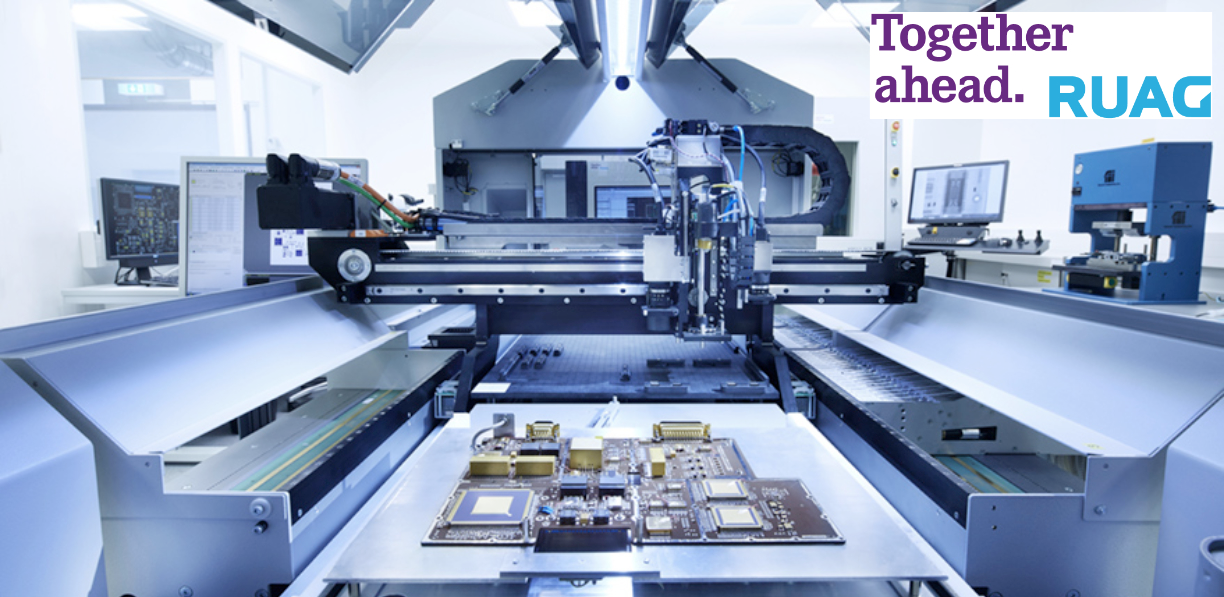
RUAG Space is a leader in navigation receivers for satellites (pictured in the production site in Vienna, Austria.)
Every day, satellites provide important data for climate and environmental research. RUAG Space, a world leader in precise orbit determination of satellites, is working on a study for the European Union to determine the position of satellites more precisely which, in turn, will enable better satellite data on climate change, for example.
Determining A Satellite’s Real-Time Position
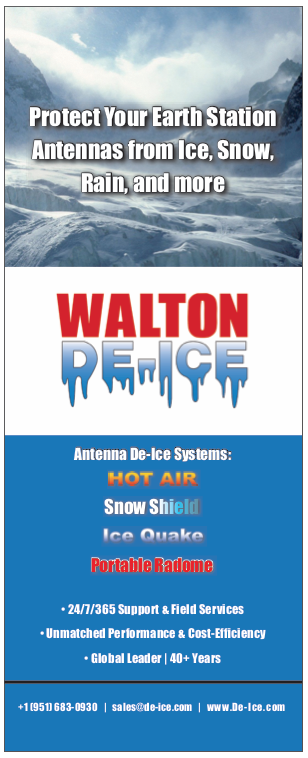
RUAG Space recently conducted their first software tests on Earth. This involved testing a new software, developed by the firm’s site in Vienna, with an existing navigation receiver for satellites under simulated space conditions.
According to the company, the result were impressive, as they were able to determine the satellite’s real-time position ten times more accurately than previously possible. Position accuracy improved from about 100 centimeters to 10 centimeters. “This is a quantum leap in high-precision satellite positioning.”
This higher accuracy was achieved via a new software program. To determine the exact position of satellites in orbit, RUAG Space’s latest navigation receivers use the signals from the European Galileo navigation satellites and the U.S. GPS system, as well as an additional position signal from Galileo that transmits several signals.
“There is currently untapped potential in the Galileo satellites,” the author, Anders Linder, explained.
On one of the Galileo signals, a new service, the High Accuracy Service (HAS), significantly improved positioning is enabled and will become available in 2022. “A software update can be played on navigation receivers already in space as well as receivers we have already delivered to customers and which are still on Earth.”
The hardware of the devices remains unchanged. RUAG Space, for example, has already delivered the GNSS receiver PODRIX for ESA’s Copernicus Sentinel-1C environmental satellite. The European Space Agency (ESA) is having their satellite upgraded with this new software for on-orbit validation. The Sentinel-1C satellite, built by Thales Alenia Space,is scheduled for launch in 2022.
Avoiding Satellite Collisions + Space Debris
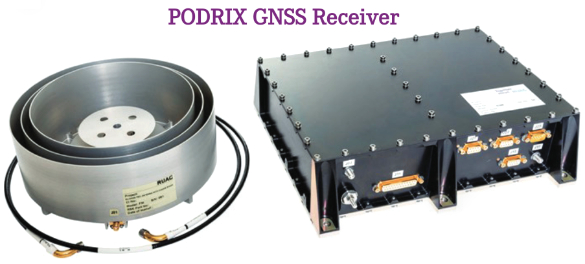
More accurate data about a satellite’s position in orbit also helps prevent satellites from colliding in space, thereby helping to avoid additional space debris. Due to the high speed of satellites in orbit, even the smallest debris particles pose a huge threat to other satellites.
“The more precisely the position of a satellite is known, the better a potential accident can be predicted and, for example, evasive maneuvers can be carried out,” emphasizes the author. “Our more accurate satellite positioning data helps to avoid space debris.”
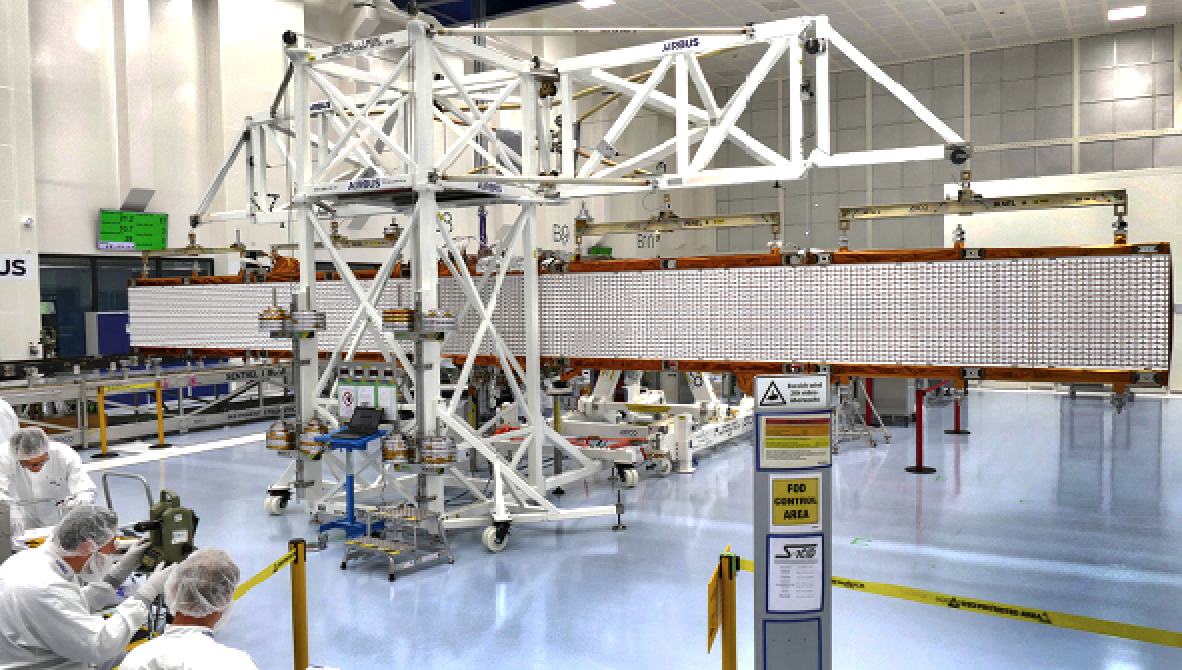
The Sentinel-1c satellite’s RUAG Space built navigation receiver will get a software update. Photo is courtesy of ESA.
New Nav Systems For Swarms
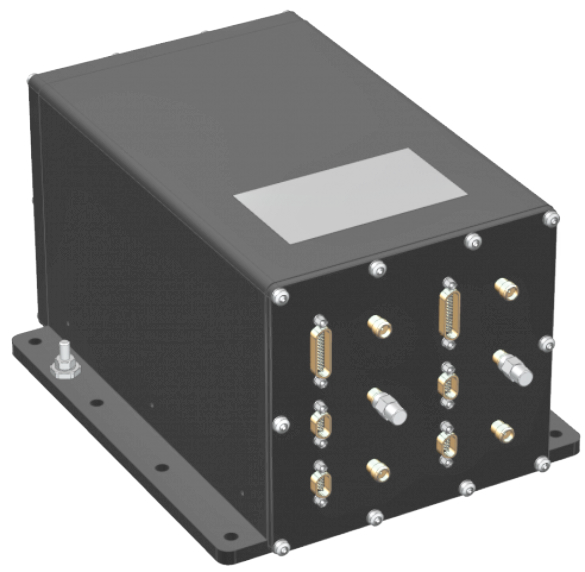
In the coming years, the launch of swarms comprised of hundreds to thousands of smallsats in Low Earth Orbit (LEO) are planned. For such swarms of identical satellites, RUAG Space is developing a low-cost, navigation receiver that is lighter and smaller than conventional GNSS receivers and already includes the new software that processes the additional Galileo HAS signal as standard feature. The new space-borne receiver, called NavRix PinPoint, is more cost-effective due to the use of standardized, Commercial-Off-The-Shelf (COTS) electronic components.
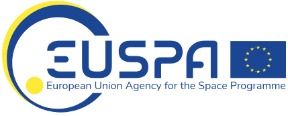
EU Study

At the start of 2021, the Prague-based European Union Space Program Agency awarded a research contract worth one million euros to RUAG Space. The aim of the study is to increase the positioning accuracy of satellites. The study will be completed in 2022. More about the Project NEWSPAPER (NewSpace PPP Receive) study is available at this direct infolink...
www.ruag.com/space

Anders Linder
Author Anders Linder is the senior vice president of the satellite program at RUAG Space.

